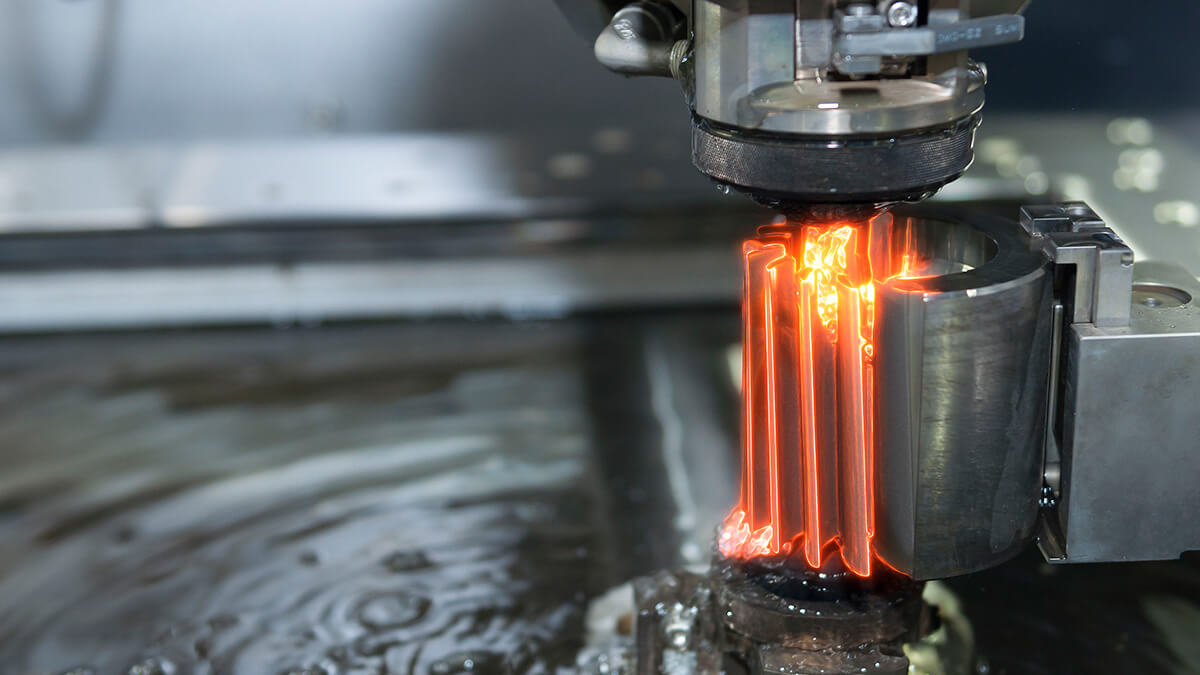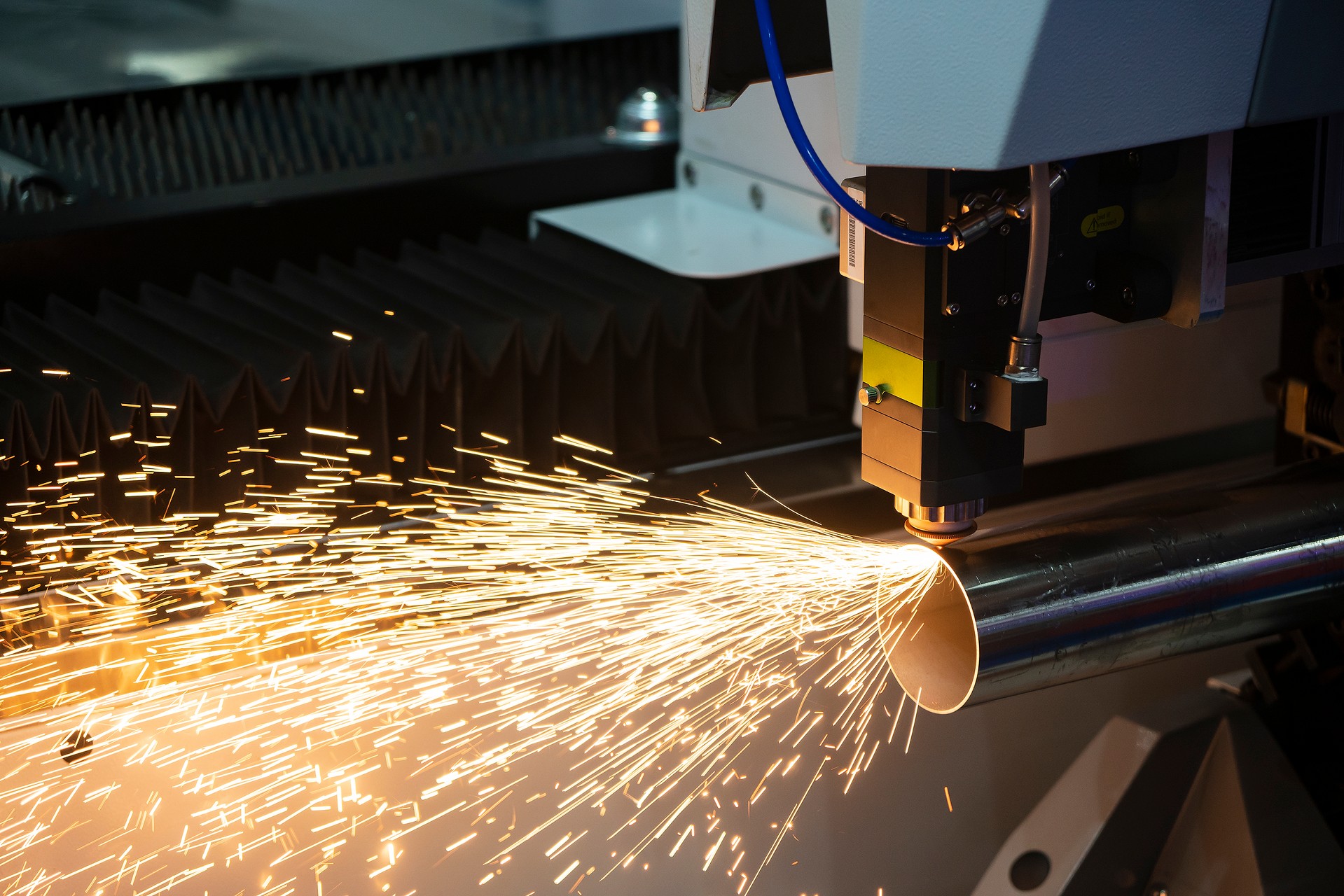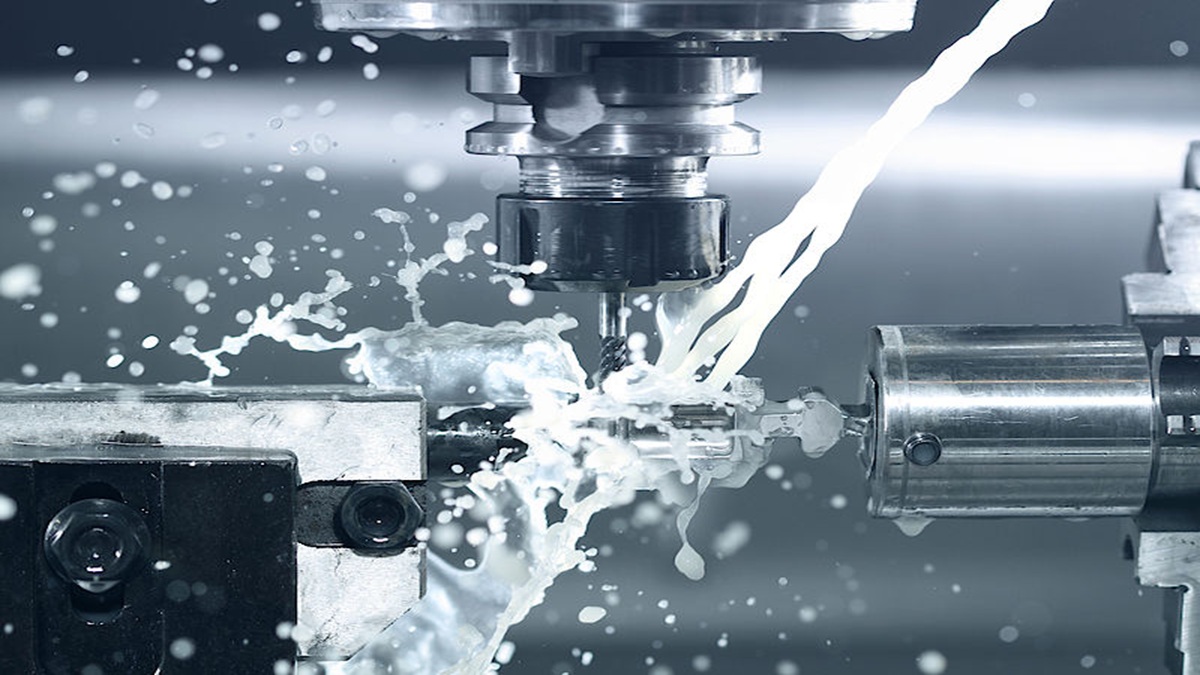Industrial manufacturing requires machining tolerances. EDM machine can cut metal through electric current.
EDM is an abbreviation for Electrical Discharge Machining.
In the early days, it was difficult to manufacture parts with fine shapes and tight tolerances using conventional machining techniques, but nowadays, parts with tight tolerances can be achieved by the electric discharge cutting process using wire cutting. The precise cutting of metal through a blade that is no thicker than a human hair is the processing technology that wire sparks can do.
EDM stands for electrical discharge machining, in other words using charged filaments to remove tiny particles and further cutting to form parts. The conductive filament carries the charge on one side and the material on the other side. When the two are close, the electric current is generated by the electric current to melt the gap. The dielectric liquid separates the two electrodes and applies a voltage to produce a periodically varying current discharge to process the material. The advantage of EDM is that it can cut hardened materials and exotic alloys while also providing excellent surface finishes as a bonus. The result is often a reduced need for post-processing or surface treatment.














